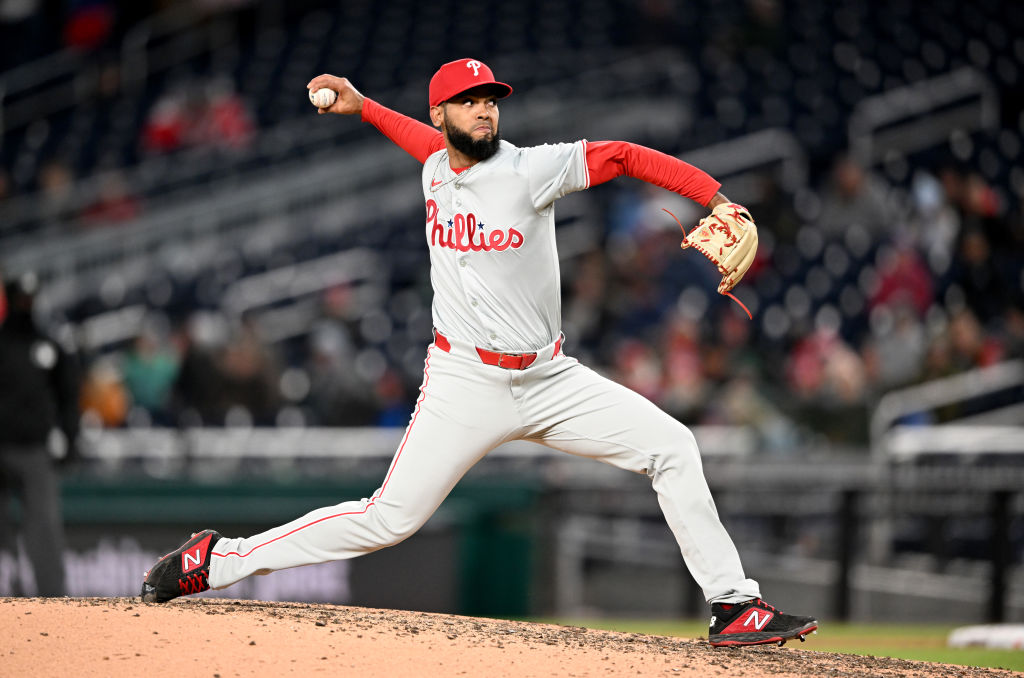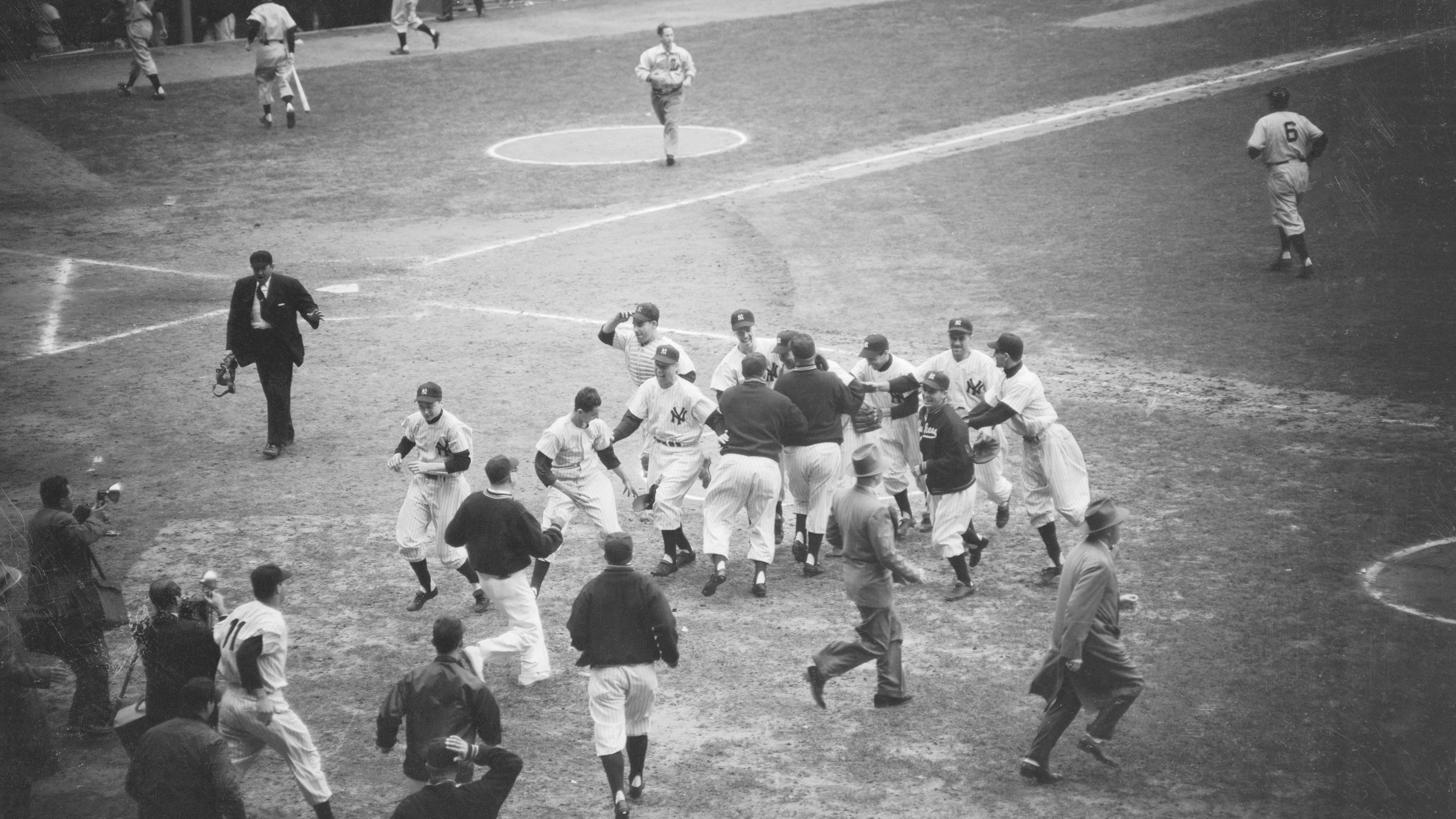
In mid-June, I wrote that it was all on Ruben Amaro to fix the floundering Phillies. Not the players. Not even Charlie Manuel, but Amaro.
At the time, the team was coming off a 1-9 stretch that dropped it to five games under .500. The immediate future was bleak, and I made the point in my article that the Phillies' outlook no longer was about 2012. Instead, it was time to look toward the long-term future.
Now, three weeks later, my opinion has only been fortified. The Phillies have plummeted further down the standings and the immediate future looks bleaker than before. Because of that, the reasonable approach for Amaro to take is to seriously consider trading off valuable pieces to try to rebuild the Phillies. The past several years have been exhilarating. The Phillies invigorated a city and ended a quarter-century championship drought.
I was not at all surprised by reports this week that Amaro was gauging interest in his best pitcher, Cole Hamels. The approach makes sense because of Hamels imminent free-agent status and the apparent chasm that exists between player and team in contract talks.
Amaros plan should be simple: Either trade Hamels or keep him while selling off at least two of the teams other aces (as well as any position players that might bring back appropriate talent in return). Cliff Lee still should carry significant trade value approaching the deadline, and if theres a team willing to return a suitable package for Roy Halladay, then do that deal, too. Both pitchers will be 34 or older when this 2012 season ends, and their value may never be higher considering each has taken a step back in performance this season.
Hamels will be 29 at the start of next season. He has age on his side and is more valuable to the Phillies than any pitcher on the roster. However, the hefty dollars the team is paying to injured position players and underperforming pitchers could lead to Hamels eventual departure. If thats the case, its better to get something in return through trade than to let a star pitcher walk after this season for free.
In my view, the most difficult part of the Hamels' negotiation may be in convincing Cole that the team has a brighter future than any other prospective suitor. However, selling that notion creates a catch-22 because the only way for the Phillies as currently constructed to rebuild is to make trades, but in doing so they risk sending the message that they are starting over from scratch. This is a pretty hot corner the team has painted itself into with big-money contracts that now are problematic.
MLB
This time last year I got into a fairly animated discussion with a colleague about Chase Utley. We both agreed the second basemans leadership and past production were important considerations, but we veered into different directions when assessing his utmost importance to the team. Utley had started the 2011 season on the disabled list and I stated that it was the perfect time to trade him, before injuries took a serious toll. My colleague vehemently disagreed on the grounds that Utley meant too much to the organization to be traded, and that doing so would jeopardize the teams run for a World Series title last fall.
My colleague and I could not have been in more disagreement on the issue. My position was based on my belief that Utley still was a valuable player, and the organization could improve the team by taking advantage of the opportunity to upgrade for the future. Would it have been a popular move? No way. But, its my belief that team-building is a matter of the head, not the heart. Fast forwarding the calendar, Utley will turn 34 in December, his playing schedule is the equivalent of a pitch count, and there is no evidence his value will ever match the mid-2011 level. As you know, Father Time is undefeated.
Amaro is facing a crossroads right now. His team is off the tracks. The trade deadline is less than a month away, and important injured players are talking about returning after the All-Star break. That latter point could give a GM hope. Amaro could be convinced his team will recover in time to return to glory. But, that would be thinking with the heart, and the evidence suggests otherwise, doesnt it?
The head should tell him its time to move on and remake the team (fully in his own image, not Pat Gillicks) by putting his most valuable pieces to work in a different wayas trade properties. Of course, he would have to make wise decisions on the talent he would be bringing in.
That approach, while probably not popular, does make sense. The alternative doesnt seem to be working too well.
E-mail Ron Burke at rburke@comcastsportsnet.com


